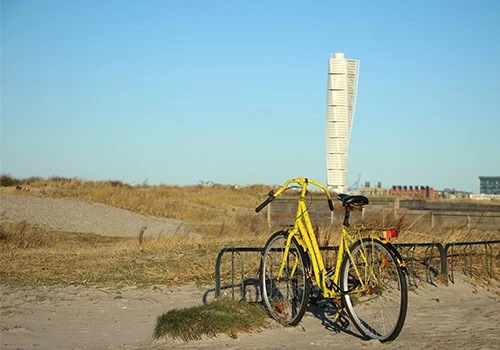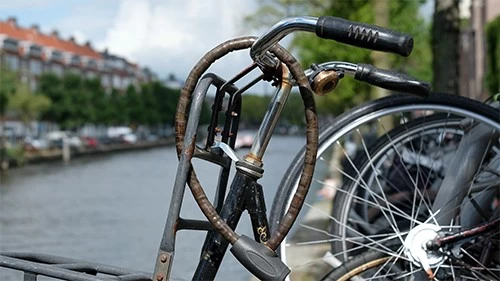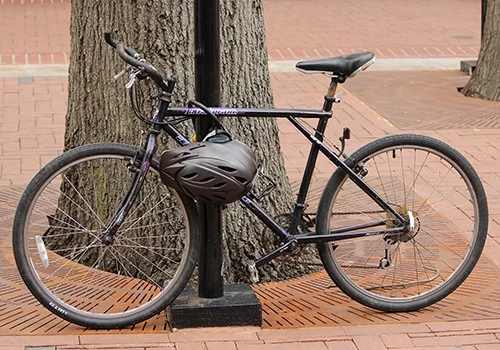Specifications
Model Number : PV-SC-001
Type: Bike parking and storage
Color:Yellow,Black,Green,Red,or Customized.
Style : both indoors and outside
Material : carbon steel
Loading: According to customer need
Size :195*23.2*75cm,200.55*23.2*75cm,or Customized.
Finish: hot-galvanized
Specifications
Model Number : PV-0081-01
Type: Bike parking and storage
Color:silver
Style : both indoors and outside
Material : carbon steel
Loading: According to customer need
Size :Height 1463mm, Depth 1114mm
Finish: hot-galvanized
Model Number : PV-0081-01
Type: Bike parking and storage
Color:Black
Style : both indoors and outside
Material : carbon steel
Loading: 2-10 bikes (According to customer need)
Size :Height 1463mm, Depth 1114mm
Finish: hot-galvanized
Model No.: PV-H1
Size: w605*D400*H330mm
Specification: Round tube:¢16*1.2mm
Finish: Power coated
Net Weight: 1.6 kgs
Packing size:6pcs/ctn
MOQ: 100pcs
Model Number : PV-0024-01
Material : carbon steel/stainless steel
Loading: according customer space size,we can design according the size
Size : W1977*D1130(depend on your parking space)*H2500mm
Finish: Powder coated ,hot-galvanized/electric polish
Packing size :2000*2000*2500mm(40 parking space )
Powder coated ,hot-galvanized/electric polish
Product number:PV-0046-01
Material:carbon steel
Specification:10.2*59*28CM or Customized.
MOQ:100PCS
Port:Shanghai
Trademark:PV
Model Number : PV-0081-01
Type: Outdoor Bike Parking Rack
Style : both indoors and outside
Material : carbon steel
Loading: 2-10 bikes (According to customer need)
Size :170.5*116*148CM
Finish: hot-galvanized
Model Number : PV-0055-01
Type: compact flat pack /slot
Color:black / silver /yellow/optional
Style :Outdoor/indoor
Material : carbon steel/ stainless steel
Capacity : park 6 bikes
Size : L1400*W1054*H840mm
Net weight :38KG
Finish: powder coating / hot galvanized /elctropolishing
Packing size :1490*860*160mm 1pcs/ctn
Product Name: Multi-Capacity Horizontal Two Tier Bike Parking Rack
Material: Carbon Steel
Finish: Powder coated
Post: 80mm * 80mm thickness: 3mm
Steel plate: thickness: 2mm
Dimension: 1325*1890*1830mm
Weight: 370 kg/set
Model: PV-0067-01
Material: stainless steel 304
Pipe: 50 mm* 2.5 mm
Size: 900*700 mm(L*W)
Surface treatment: polishing

As cities grow and populations increase, transportation systems face new pressures. One of the most effective and eco-friendly solutions to urban mobility issues is cycling. With the rise in the number of cyclists, the infrastructure to support them becomes equally important. Bike racks, often underestimated, are a crucial element in this ecosystem. These simple structures are more than just a convenience; they play a significant role in safety, urban planning, sustainability, and the overall promotion of cycling culture.
One of the primary reasons why bike racks are important is their role in enhancing urban mobility. Cities worldwide are striving to reduce traffic congestion and promote greener modes of transportation. By offering well-designed and strategically placed bike racks, city planners provide a practical solution for cyclists who want to move quickly and efficiently without contributing to traffic woes. When people know they have a secure and convenient place to park their bikes, they are more likely to choose cycling over driving. This, in turn, reduces the number of cars on the road, alleviates parking issues for drivers, and contributes to a less polluted, less congested urban environment.
Moreover, bike racks enable multimodal transportation. Cyclists can ride to train stations, bus stops, or other transit hubs and leave their bikes securely while they continue their journey on public transport. This integration of cycling and public transportation is key to making cities more navigable and accessible, as it allows people to cover longer distances without relying solely on cars. Without accessible bike racks, this seamless transition between transportation modes would be difficult, if not impossible.
Another vital aspect of bike racks is their contribution to environmental sustainability. In an era where reducing carbon footprints is more important than ever, encouraging people to cycle instead of driving short distances can have a profound impact. Bicycles, being zero-emission vehicles, offer a green alternative to cars, and the availability of bike racks directly encourages more people to adopt cycling as a primary mode of transport.
However, the availability of cycling infrastructure, especially parking, is a decisive factor in whether people choose to cycle. Without secure and conveniently located racks, many potential cyclists may hesitate to ride due to concerns about theft, damage, or lack of space. Properly installed bike racks serve as a foundation for a cycling-friendly city and are an essential piece in the puzzle of urban sustainability. They help create an environment where biking is not only possible but convenient, safe, and attractive, encouraging more people to choose this green mode of transportation.

Bike theft remains a major concern for cyclists everywhere. A significant deterrent for people considering cycling is the fear that their bike may be stolen or tampered with while parked. , Well-placed ,high quality bike racks play a crucial role in minimizing these risks. By providing designated parking areas, bike racks reduce the chances of random theft, especially when designed with strong anti-theft mechanisms such as secure lock points or integration into surveillance areas.
Furthermore, the location of bike racks can directly impact the security of parked bikes. Installing racks in visible, well-lit areas increases the likelihood of deterring theft. Many modern racks incorporate designs that not only allow for easy locking but also make it difficult for thieves to tamper with locks. The presence of these racks sends a clear message to cyclists that their security has been considered, making them more comfortable leaving their bikes in public spaces. The security provided by bike racks contributes directly to the overall promotion of cycling, as cyclists are more likely to ride if they trust that their bikes will remain safe.
Bike racks also play a role in supporting local economies. Businesses that offer ample bike parking can attract more customers, particularly in areas where car parking is scarce or expensive. Cyclists, especially those in urban environments, are more likely to patronize businesses that offer convenient and secure parking for their bikes. Studies have shown that cyclists tend to spend more at local businesses, as they make frequent stops for coffee, groceries, or meals.
By installing bike racks, businesses signal their willingness to cater to a growing demographic of cyclists. This also fits with broader trends of eco-conscious consumer behavior, as more people are prioritizing sustainability in their choices. In areas where walking or cycling is common, such as city centers or urban retail districts, bike racks can directly contribute to higher foot (or pedal) traffic and increased sales. Furthermore, by reducing the need for large parking lots, businesses can make better use of their land and focus on creating welcoming, accessible spaces for all customers, not just those arriving by car.
Cycling is one of the most efficient ways to integrate physical activity into daily routines, and by making bike parking more accessible, bike racks encourage people to take up cycling for their commutes, errands, or leisure. Cities and towns that install racks at strategic locations such as parks, community centers, shopping areas, and schools make it easier for people to adopt a healthier lifestyle. Regular cycling improves cardiovascular health, reduces stress, and can lead to better overall well-being. By simply providing convenient, secure places to park bikes, cities can play a role in promoting healthier communities.
Moreover, bike racks send a powerful message that cycling is a valued and encouraged mode of transportation. This can lead to a shift in public perception, where cycling is seen as not just a recreational activity but a viable, everyday option for people of all ages and backgrounds. The availability of bike parking infrastructure reflects a commitment to fostering healthy, sustainable communities where individuals are empowered to make choices that benefit their physical and mental health.
In summary, bike racks are an essential component of modern urban infrastructure, supporting not only individual cyclists but also broader societal goals. They enhance urban mobility, promote sustainability, provide security, support local economies, and encourage a healthier lifestyle. Far from being just a convenience, bike racks are a key element in creating vibrant, bike-friendly cities. As more cities embrace the shift toward green transportation, the role of bike racks in ensuring the success of cycling culture cannot be overstated. Investing in bike parking infrastructure is an investment in the future—one that pays off in the form of cleaner air, less congested streets, and healthier communities.
